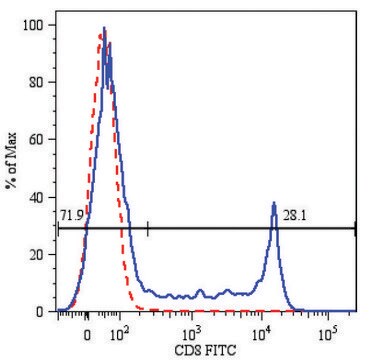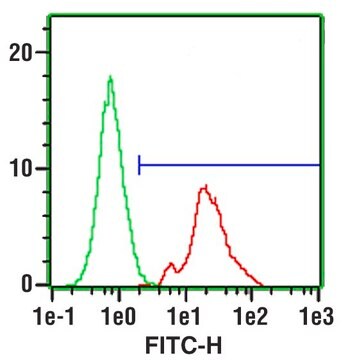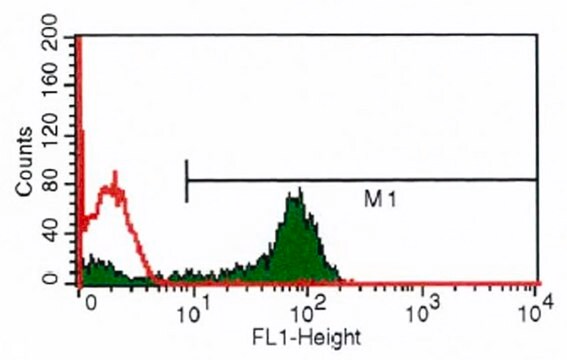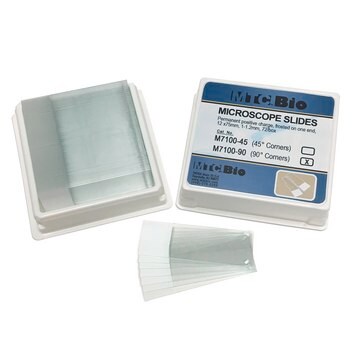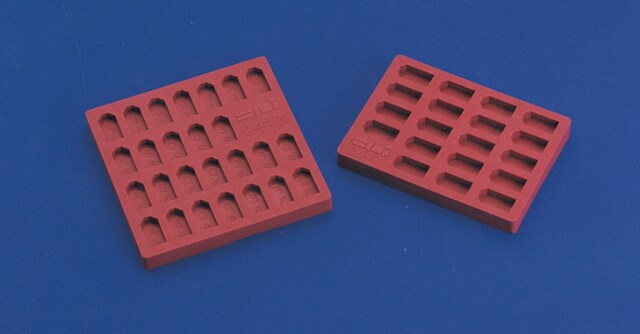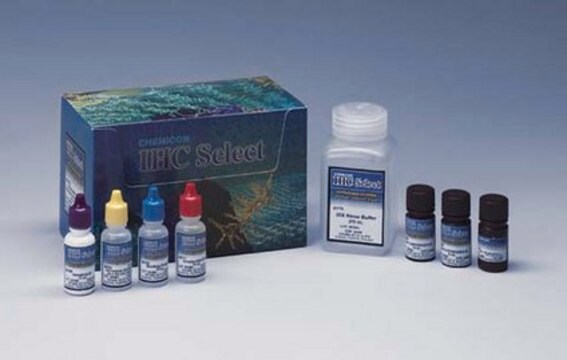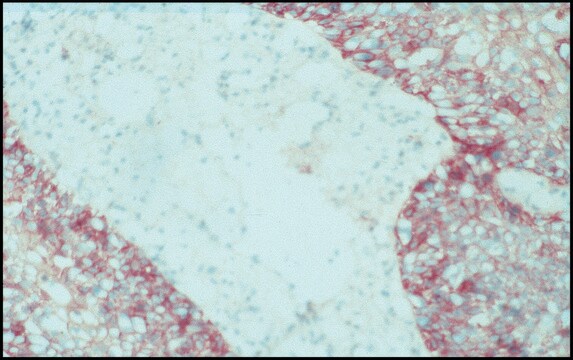Kluczowe dokumenty
F0772
Monoclonal Anti-CD8−FITC antibody produced in mouse
clone UCHT-4, purified immunoglobulin, buffered aqueous solution
Synonim(y):
Monoclonal Anti-CD8
About This Item
Polecane produkty
pochodzenie biologiczne
mouse
Poziom jakości
białko sprzężone
FITC conjugate
forma przeciwciała
purified immunoglobulin
rodzaj przeciwciała
primary antibodies
klon
UCHT-4, monoclonal
Formularz
buffered aqueous solution
reaktywność gatunkowa
human
metody
flow cytometry: 10 μL using 1 × 106 cells
izotyp
IgG2a
numer dostępu UniProt
Warunki transportu
wet ice
temp. przechowywania
2-8°C
docelowa modyfikacja potranslacyjna
unmodified
Szukasz podobnych produktów? Odwiedź Przewodnik dotyczący porównywania produktów
Powiązane kategorie
Opis ogólny
Specyficzność
3rd Workshop: code no. 567
Immunogen
Zastosowanie
- Immunofluorescent staining,
- Enumeration of total T cytotoxic/suppressor lymphocytes in bone marrow, blood and other body fluids,
- Identification and localization of T cytotoxic/ suppressor lymphocytes in lymphoid and other tissues,
- Analysis of cell mediated cytotoxicity,
- Studies of immunoregulation in health and disease,
- Investigation of NK cells, Complement mediated cytolysis of CD8 expressing cells
Działania biochem./fizjol.
Opis wartości docelowych
Postać fizyczna
Uwaga dotycząca przygotowania
Oświadczenie o zrzeczeniu się odpowiedzialności
Nie możesz znaleźć właściwego produktu?
Wypróbuj nasz Narzędzie selektora produktów.
Kod klasy składowania
10 - Combustible liquids
Klasa zagrożenia wodnego (WGK)
nwg
Temperatura zapłonu (°F)
Not applicable
Temperatura zapłonu (°C)
Not applicable
Wybierz jedną z najnowszych wersji:
Masz już ten produkt?
Dokumenty związane z niedawno zakupionymi produktami zostały zamieszczone w Bibliotece dokumentów.
Nasz zespół naukowców ma doświadczenie we wszystkich obszarach badań, w tym w naukach przyrodniczych, materiałoznawstwie, syntezie chemicznej, chromatografii, analityce i wielu innych dziedzinach.
Skontaktuj się z zespołem ds. pomocy technicznej
